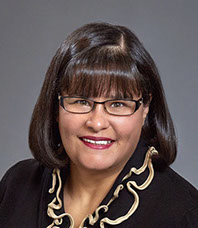ome children have a happy upbringing where their emotional and physical needs are met. However, there are many children who are not as fortunate, and, instead, have experienced trauma such as neglect, abandonment, physical abuse or sexual abuse. You may have had a few of these students in your classrooms during your teaching experience. Trauma can have lasting effects that impact the emotions and overall health of a child, which most likely will be carried on into adulthood, unless the issues at hand are addressed.
According to the National Child Traumatic Stress Network, about 40 percent of students in the United States have been impacted by some form of trauma, with sexual assault, physical assault, and witnessing domestic violence being the three most prevalent. Children can also suffer from trauma in other ways, such as moving to a new state, switching schools, death, divorce, the loss of a pet, and even being bullied.
Children who have experienced trauma have difficulty learning unless they feel safe and supported. Therefore, for these children, school becomes a safe haven. While we don’t expect our teachers to become Mental Health experts, we want to help them become trauma informed. Here are a few strategies teachers can use to help students cope with trauma:
- Practicing smiling regularly helps students feel safe and accepted.
- Having a classroom schedule provides structure and predictability, and is calming.
- Assigning classroom jobs that students enjoy doing builds self-esteem.
- Incorporating regular brain breaks throughout the day reduces stress and frustration.
- Modeling reliable and regulated adult behavior show students that there are different ways of dealing with emotions.
Every teacher wants to influence their students in a positive way. For students who have been impacted by trauma their teacher plays an even more critical role. When students are stressed it’s difficult for them to learn. Creating a safe, accepting environment, in a classroom, conveys the important message to your students that you understand their situation and support them. Don’t be afraid to ask your students directly, “What can I do to help you?”
challenge
S
Evelyn Sullivan, M.Ed.
Director of Early Childhood Education and R.E.A.C.H.

Trauma-Informed Teaching Strategies
SPRING 2021